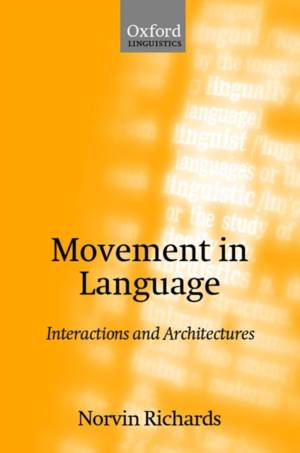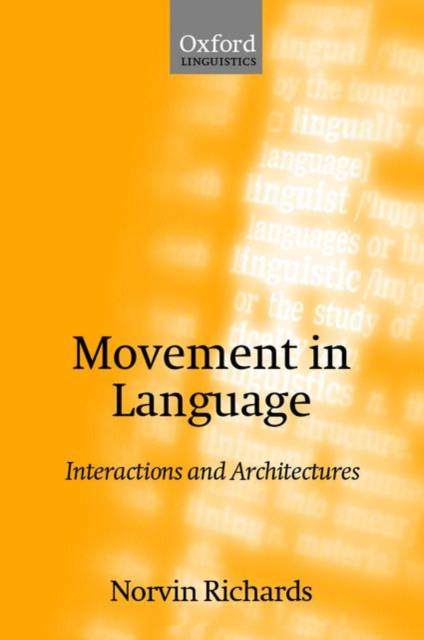
- Afhalen na 1 uur in een winkel met voorraad
- Gratis thuislevering in België vanaf € 30
- Ruim aanbod met 7 miljoen producten
- Afhalen na 1 uur in een winkel met voorraad
- Gratis thuislevering in België vanaf € 30
- Ruim aanbod met 7 miljoen producten
Zoeken
€ 93,95
+ 187 punten
Uitvoering
Omschrijving
This text is a comprehensive, integrated explanatory account of the properties of question formations and their variation across languages. The book contributes to the debate over whether syntax should be understood derivationally, arguing that the best model of language is one in which sentences are constructed in a series of operations that precede, or follow each other in time. The central problem addressed is the nature of the difference between languages in which all words move overtly to a clause-initial position (exemplified by Bulgarian); languages in which one phrase moves per clause but all others remain in situ (exemplified by English); and languages in which there is no overt movement at all (exemplified by Japanese). Professor Richards focuses on the nature of syntactic movement in order to see what this reveals about the syntactic derivation. He considers the nature of interactions between movement operations and investigates the behaviour of multiple overt movement, scrambling, cliticization, and object shift.
Specificaties
Betrokkenen
- Auteur(s):
- Uitgeverij:
Inhoud
- Aantal bladzijden:
- 344
- Taal:
- Engels
Eigenschappen
- Productcode (EAN):
- 9780198241171
- Verschijningsdatum:
- 27/12/2001
- Uitvoering:
- Hardcover
- Formaat:
- Genaaid
- Afmetingen:
- 160 mm x 236 mm
- Gewicht:
- 639 g

Alleen bij Standaard Boekhandel
+ 187 punten op je klantenkaart van Standaard Boekhandel
Beoordelingen
We publiceren alleen reviews die voldoen aan de voorwaarden voor reviews. Bekijk onze voorwaarden voor reviews.











